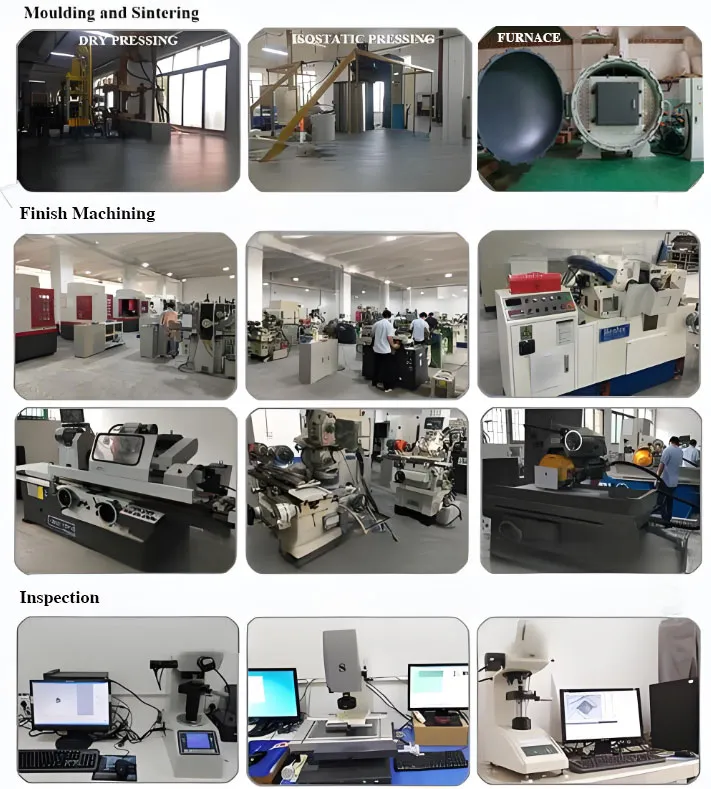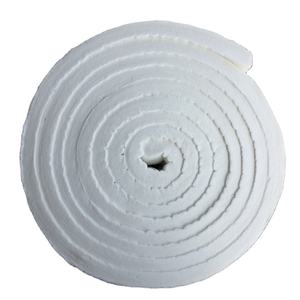Discover Premium Ceramic Products | Durability & Elegance United | Advanced Ceramics
1. Introduction
Just 24 hours ago, a major U.S. foundry announced it had switched its entire aluminum melting operation to silicon carbide crucibles to reduce energy consumption and extend equipment life—a move that underscores the material’s rising importance in sustainable industrial practices.

If you’ve ever wondered what makes certain ceramics withstand extreme heat, resist corrosion, and last for years in harsh environments, the answer often lies in silicon carbide. Among its many forms, the silicon carbide crucible stands out as a critical component in metallurgy, glassmaking, and advanced ceramics manufacturing.
2. What Is a Silicon Carbide Crucible?
A silicon carbide crucible is a container made from silicon carbide (SiC), a compound of silicon and carbon known for its exceptional hardness, thermal conductivity, and resistance to thermal shock.
Unlike traditional clay or graphite crucibles, silicon carbide crucibles can handle temperatures exceeding 1,600°C (2,912°F) while maintaining structural integrity. This makes them ideal for melting non-ferrous metals like aluminum, copper, and zinc.
3. Why Choose Silicon Carbide Over Other Materials?
When comparing boron carbide vs silicon carbide, silicon carbide wins in cost-effectiveness and thermal performance for most industrial applications. Boron carbide is harder but far more expensive and less thermally conductive.
Silicon carbide also outperforms many oxide ceramics in high-temperature stability. Its low thermal expansion means it won’t crack easily during rapid heating or cooling cycles—critical in foundries and labs.
4. Beyond Crucibles: The Versatile World of Silicon Carbide Ceramics

Silicon carbide isn’t just for crucibles. Its applications span a surprising range of products:
- silicon carbide ceramic tiles for wear-resistant flooring
- rbsic silicon carbide tile blocks for kiln linings
- silicon carbide ceramic columns and rings used in chemical processing
- silicon carbide burner nozzles that resist oxidation in high-heat furnaces
- silicon carbide brick for refractory walls
Even in plumbing, you’ll find silicon carbide ceramic disc taps, silicon carbide ceramic disk for tap mechanisms, and silicon carbide ceramic sanding discs—all leveraging SiC’s hardness and smooth surface finish.
5. Silicon Carbide in High-Temperature Tubing
High-performance industries rely on silicon carbide tubes for demanding environments. Examples include:
- silicon carbide thermocouple protection tubes
- silicon carbide ceramic tube for furnace atmospheres
- silicon carbide porous ceramic tube for filtration
- silicon carbide mullite tube composites for added strength
These tubes handle corrosive gases, molten salts, and extreme thermal cycling better than metal or alumina alternatives.
6. Silicon Carbide Meets the Kitchen: Unexpected Culinary Uses

Believe it or not, silicon carbide has entered the culinary world. Brands now offer:
- silicon carbide ceramic baking dish and silicon carbide baking ceramic dish for even heat distribution
- silicon carbide ceramic butter dish and silicon carbide butter ceramic dish with lids
- silicon carbide ceramic dinner plates, including black, white, and handcrafted varieties
- silicon carbide ceramic serving bowls, pasta bowls, salad bowls, and ramekins
While not all ‘silicon carbide dinnerware’ contains pure SiC (some use SiC-infused glazes or composites), the branding reflects its reputation for durability and thermal performance—similar to how ‘Staub’ cookware is trusted for cast iron, now extended to silicon carbide baking dish Staub-style products.
7. How Silicon Carbide Compares to Silicon Nitride
Silicon nitride is another advanced ceramic often mentioned alongside silicon carbide. While both offer high strength and thermal resistance, they serve different niches.
Silicon nitride excels in impact resistance and is commonly used in bearings, cutting tools, and custom silicon nitride heat shields. You’ll also find silicon nitride plate, silicon nitride ring, and even a silicon nitride crucible factory producing lab-grade containers.
However, silicon carbide has superior thermal conductivity and is generally more cost-effective for large-scale industrial use like crucibles and kiln furniture.
The high purity silicon nitride powder market is growing, but silicon carbide remains the go-to for applications requiring rapid heat transfer and chemical inertness.
8. Manufacturing and Customization
Modern techniques allow for custom shapes—from silicon carbide ceramic casserole dish with lid to silicon carbide ceramic Christmas plates and platters. Artisans even use silicon carbide ceramic plates for painting due to their smooth, non-porous surface.
Industrial clients can order silicon carbide discs, grinding discs, and silicon carbide diamond grinding disc for pottery, showing the material’s crossover appeal between heavy industry and fine crafts.
9. Conclusion
From molten metal foundries to gourmet kitchens, the silicon carbide crucible symbolizes a broader trend: advanced ceramics are no longer just industrial—they’re everywhere. With unmatched thermal performance, longevity, and versatility, silicon carbide continues to outshine alternatives like boron carbide and complement materials like silicon nitride. Whether you’re melting aluminum or serving pie, silicon carbide ceramics deliver reliability you can count on.
Our Website founded on October 17, 2012, is a high-tech enterprise committed to the research and development, production, processing, sales and technical services of ceramic relative materials such as Silicon. Our products includes but not limited to Boron Carbide Ceramic Products, Boron Nitride Ceramic Products, Silicon Carbide Ceramic Products, Silicon Nitride Ceramic Products, Zirconium Dioxide Ceramic Products, etc. If you are interested, please feel free to contact us.
